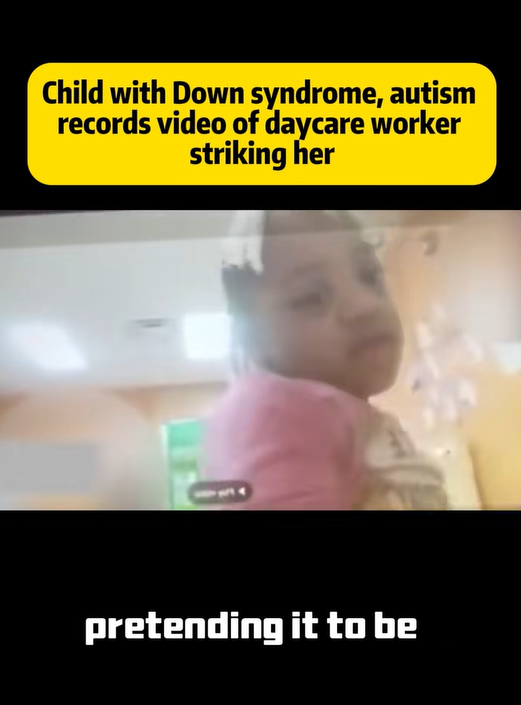No parent should ever fear for their child’s safety in a place meant for care and learning. Yet, across the world, stories continue to emerge of children with disabilities facing neglect or mistreatment in environments that should protect them most — schools, daycare centers, and therapy programs.
Children with Down syndrome, autism, and other developmental differences often rely deeply on the adults around them for understanding, structure, and compassion. They may struggle to communicate distress in typical ways, which makes it all the more important that caregivers act with patience, empathy, and vigilance. When that trust is broken, the emotional impact can be lifelong — not only for the child, but for their entire family.
These heartbreaking cases highlight the urgent need for accountability and stronger safeguards in all childcare environments. Cameras in common areas, strict background checks, and continuous staff training can make an enormous difference. Equally vital is teaching children how to express when something feels wrong — even in simple words, gestures, or symbols.
Parents of children with special needs already face countless daily challenges: therapy schedules, medical appointments, and navigating systems that don’t always understand their child. They should never have to carry the fear that the very people paid to care for their little ones might cause them harm.
The reality is that awareness saves lives. When people speak up, when communities demand transparency, and when other staff members intervene instead of staying silent, the cycle of abuse can be broken. Every child, regardless of ability, deserves to be treated with dignity and kindness.
There are also many heroes quietly doing things right — teachers, caregivers, and therapists who give endless patience, love, and support to children who need extra help. They show what true care looks like: compassion guided by respect. Their work reminds us that protecting children with disabilities isn’t just a responsibility — it’s an act of humanity.
If you ever suspect mistreatment, speak up. Contact local authorities, child protection services, or advocacy organizations for people with disabilities. Even small reports can prevent big tragedies. Silence helps no one, but action saves lives.
Together, families, educators, and communities can create spaces where every child — especially those who communicate or behave differently — is valued, protected, and free to grow in safety. Because love and safety should never be privileges — they’re rights that belong to every child.
